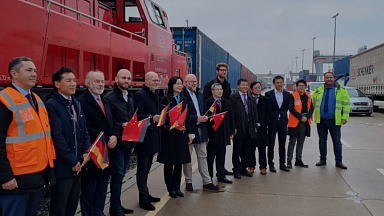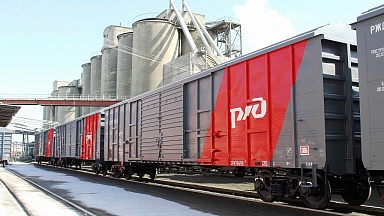The container shipping market recently experienced an extraordinary peak in 2021 and 2022 with record rates and profits for liners. However, due to a global economic slowdown, consumers reducing their spending on goods, inflation shock, and rapid rate increases, the demand for container shipping has decreased. This has led to a drop in spot rates on major trade lanes. The subsequent wave of investment in new vessels is expected to impact the market in the years ahead.
Container trade has been in contraction, driven by a combination of normalizing consumption patterns and destocking. European ports have faced setbacks, and the process of normalization is ongoing. Despite the economic slowdown, there’s an expectation that container trade demand will improve mildly in the second half of the year, leading to around 3% growth in 2024.
Container spot rates have returned close to pre-pandemic levels, with some variations based on routes. The container vessel charter rates have dropped but remain above pre-pandemic levels.
Container liner profitability has fallen from peak levels, and operational profits have declined significantly. The decrease in profitability is attributed to dropping long-term average EBIT ranges after a peak in 2022.
A flood of new vessel capacity is expected, with over 700 new ships set to be delivered in 2023-24. Many of these vessels are larger and more fuel-efficient, reflecting a push for sustainability.
Managing overcapacity is a challenge, and container liners have options like scrapping older vessels, slow steaming, and canceling sailings. The container shipping industry is more consolidated than in the past, which could impact how capacity is managed.
Container liners are diversifying their investments into logistics activities, such as terminals and air cargo, to provide integrated supply chain services. This diversification could provide some cushioning for their performance.
Major container liner companies like Hapag-Lloyd, AP Moller-Maersk, and CMA CGM have reported declines in revenues and profits due to the changing market dynamics and decreased demand for container shipping services. They expect challenging conditions to continue in the short term, with varying degrees of recovery predicted.
Overall, the container shipping industry is facing challenges with overcapacity, declining demand, and changing market dynamics, which are influencing rates, profitability, and investment strategies for the future.


